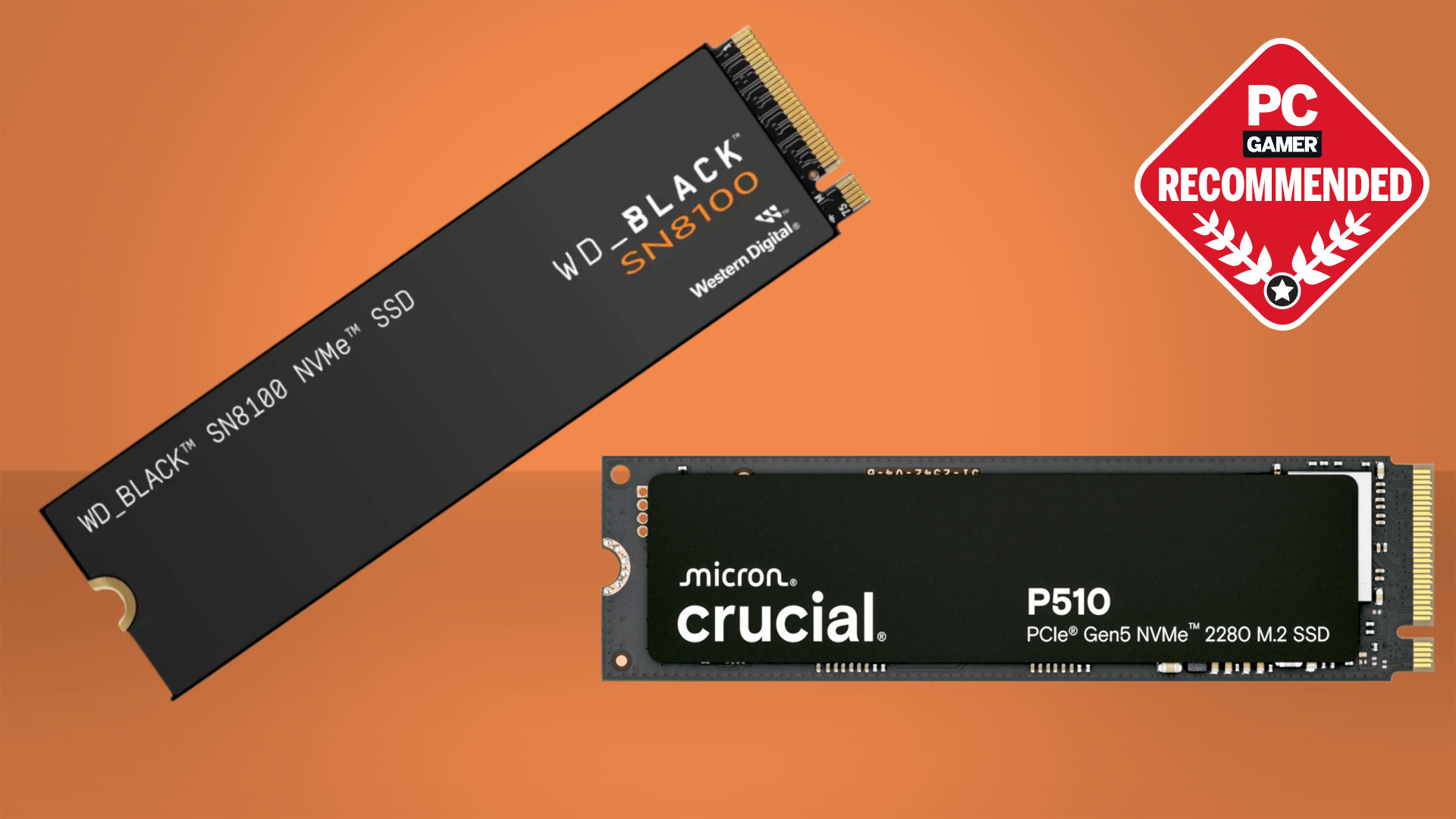After flying around the world to play my most anticipated action RPG, I'm convinced Black Myth Wukong was just an opening salvo for big budget Chinese games
Here's why Phantom Blade Zero is the real deal.
PC Gamer once declared virtual toilets the secret to understanding the unspoken priorities of a game and the people making it, but I'd argue virtual ladders have even more to say. If you approach from the top, does it wrest away control or let you Wile E. Coyote yourself right off the ledge? Does the game give you a button to slide down like an action hero? Will the back of the ladder let you climb until you bonk your head, or automatically swing you around to the front, or refuse admittance altogether?
All these little things say something about the character you're controlling and how clumsy or empowered the game's makers want you to feel when you press some buttons—which is why I immediately noticed that the protagonist of "kungfupunk" action game Phantom Blade Zero doesn't really respect ladders as, like, a concept.
By the time Soul leaps onto one he's already halfway to the top, and instead of using the rungs to "climb" he springs upward, barely touching every fourth step. The game doesn't even bother with a climbing down animation: Soul cartwheels off the ledge into a ladder slide while holding on with one hand, then hops off a few rungs above the ground just to showboat a bit more. Phantom Blade Zero wants every single thing you do to look cool, even if it's as mundane as climbing a ladder. And every step skipped is a second that can instead be spent chopping off someone's head with an exquisitely animated flourish.
Phantom Blade Zero has the flair of a Devil May Cry, but the reason I recently flew to China for an extended hands-on is that developer S-Game has broader ambitions than "just" character action, with a Dark Souls-like interconnected world to explore yet paired with combat that doesn't crib from FromSoftware's playbook.
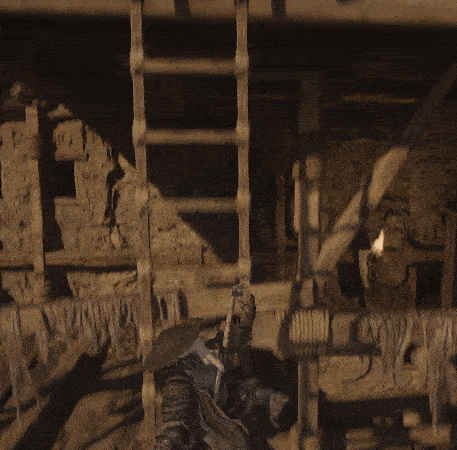
"Nowadays there are too many Souls games," studio founder and director Soulframe Liang told me in an interview in Beijing. "Back in the '60s and '70s, Bruce Lee, Jackie Chan, all these kung fu masters created a new genre in kung fu movies. We don't call them action movies. We call them kung fu, right? It incorporated some of Hollywood, Chinese kung fu culture, and Chinese traditional opera to make something new. So for us, our idea is to create a new subgenre [within] the RPG or action game: a kung fu action game."
A 90 minute demo (which I played through four times, each faster than the last) unfortunately only laid bare a sliver of Phantom Blade Zero's world, but that was still enough to strengthen my conviction that this is the game I wanted last year's Black Myth: Wukong to be, with a full adventure backing up swordplay that absolutely rips.
You can also watch the full gameplay preview embedded above on YouTube.
Keep up to date with the most important stories and the best deals, as picked by the PC Gamer team.
Shaolin with style
My first love in PBZ was Seamless Death, a weapon comprised of two circular blades that transform Soul into a Tasmanian whirlwind of cuts with a few simple button taps. All of the eight weapons I could try in Phantom Blade Zero had just a handful of combos built from normal and heavy attacks, one thing that obviously separates it from the dozens of granular combos in a Capcom or Platinum action game.
The whole concept is the wuxia, kung fu style—you want to dance
Combat director Qianli Ma
That relative simplicity actually seems well-judged considering the 30-some weapons S-Game is planning to include, many with meaningful mechanical differences. Take the Juggernaut, which became my favorite weapon: it's a polearm with a massive blade on the end that charges up every time you parry, until it's pulsing red and lets you unleash a heavy attack for extra damage. The whiplike Soft Snake Sword, the most advanced weapon available in the demo, has its own unique parry that leaves you more vulnerable if you whiff but deals extra stamina damage to enemies when you land it.
All eight weapons also had elaborate animations underpinning even their basic four-hit combos. Soul is constantly pirouetting between swings, rearing back on one foot to deliver a thrust, or literally bending over backwards to fling a volley of slicing blades. These animations take longer to play out than the individual, cancelable attacks that I'm used to in most action games, a deliberate choice to make every movement look fluid.
"The core thing is to bring out the Chinese martial art," said combat director Qianli Ma. "To make players feel like they're playing a Chinese martial art game. That means to a certain degree giving up the accuracy of input to bring out the fast-paced combat."
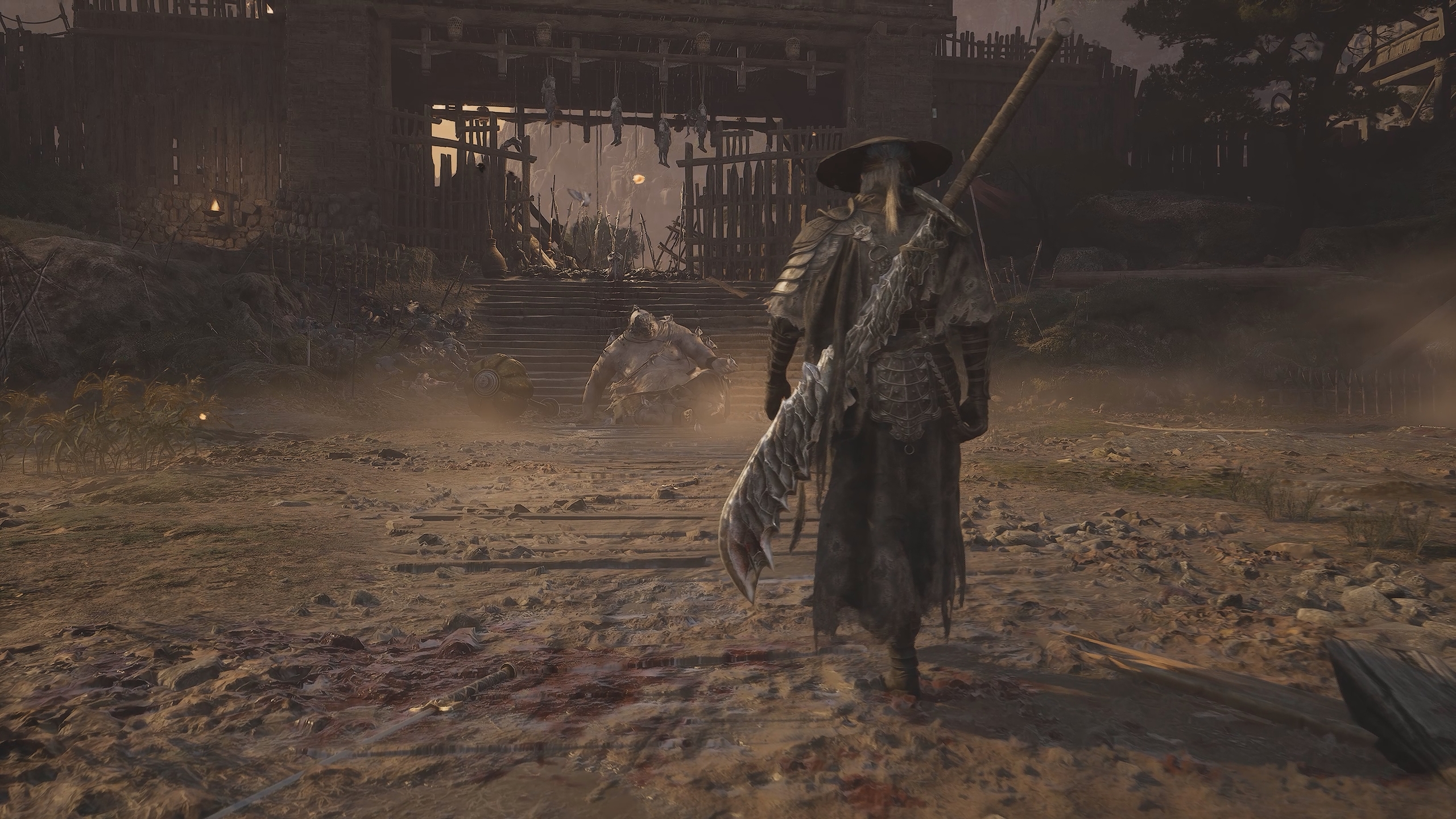
It didn't take long for me to get used to the elaborate attacks because Phantom Blade Zero is still plenty responsive where it needs to be: in dodges, blocks, and parries, which play into enemies' color-coordinated special moves. Blocking a blue "Brutal" attack will take a huge chunk of Sha-chi (aka stamina), but parry it and you'll perform a stylish "Ghoststep" behind the enemy to lay into them. Red "Killer" attacks can't be blocked or parried at all, but dodging them with the same last-second timing as a parry will also trigger a Ghoststep.
The timing's easier to land than a Sekiro parry even on the harder "Hellwalker" difficulty, another deliberate choice—the more generous parry window lets an experienced player keep the action flowing like a perfectly choreographed fight scene. When you're in the flow state, it's truly hard to spot the moment Soul's animation transitions from an attack to a block or a parry into a combo.
"The whole concept is the wuxia, kung fu style—you want to dance," Ma said, explaining why the game isn't meant to be as hard as so many Soulslikes. "If you want to beat it in a mediocre, not-as-beautiful way, it's pretty achievable. But if you want to do it in a very beautiful manner, that's the difficult aspect."
S-Game has proudly proclaimed that it's motion capturing real martial artists for everything in Phantom Blade Zero, which comes off a bit like marketing puffery; I mean, haven't games been doing motion capture for decades? Sure—but I don't think I've ever played a game where the actual combat, and not just cutscenes, employed motion capture to this degree.
You can tell that when you parry an enemy's spear thrust by ripping it from their hands, spinning it around, and jabbing it into their chest, the whole sequence was captured by two performers working to get the "dance" just right down to the shuffle of their feet. The flow from one move into the next may be a quiet revolution in game animation I'm not technically knowledgeable enough enough to fully deconstruct, but it feels impressive to me in the same way that the very first trailer for Assassin's Creed did when it showed Altaïr pushing and twisting his way through crowds of NPCs.
The clips and gifs of high-level Phantom Blade Zero play are going to be exquisite. But last year's Black Myth: Wukong also looked great in motion, and I lost interest pretty quickly with its on-rails sequence of mobs and boss fights. I don't mind that kind of setup in a game where I really love the combat, like Devil May Cry 5, but I'm glad that Phantom Blade Zero is going for something clearly more elaborate.
And it's really not a Soulslike
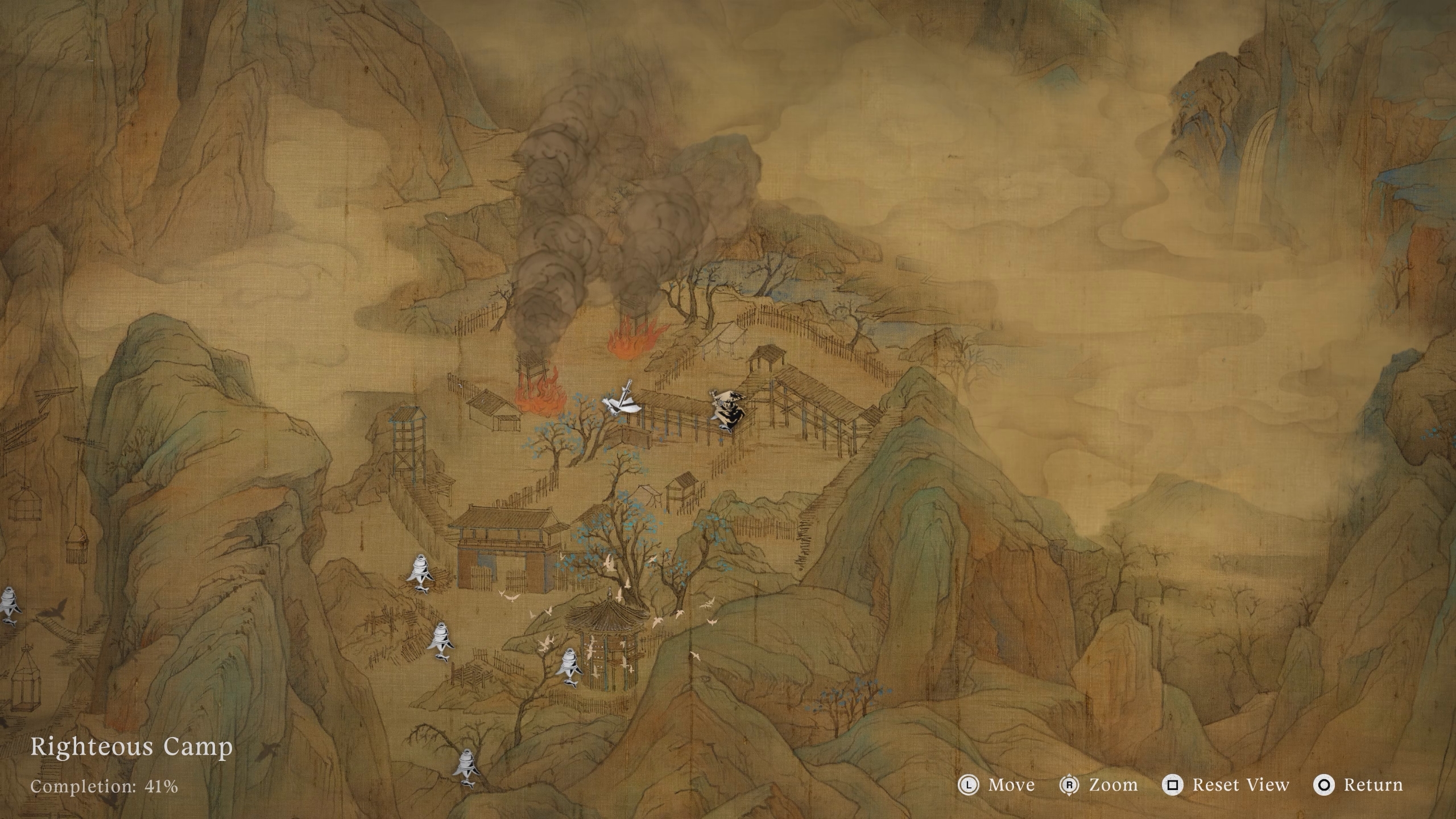
The slice of PBZ's world I got to explore sent me climbing up a series of walkways embedded high above the ground in a narrow gorge. The few surviving NPCs I could talk to were all suffering from the results of a military experiment called "Perfect Transcenion" that, er, made their heads explode. Very Kojima-esque. The criss-crossing walkways eventually gave way to an open battlefield and a camp guarded by a lumbering miniboss who kicked dirt in my face, dirtying up the camera, before sitting on me to death.
The area is pretty simple by Dark Souls standards—it's not exactly a labyrinth—but it did feature a number of promising branching paths I was blocked off from exploring in this build, and several little corners and places to backtrack to find upgrade materials and other goodies. There are also pathways you can only open up by acquiring certain secondary weapons, like the huge sledgehammer that Coppermaul (said miniboss who squished me between his cheeks) drops when you kill him.
The mobile games we made were also cool. But that scale... was not enough to express my idea of building this Phantom world.
Director Soulframe Liang
This is basically videogame progression 101, but it still tickles my brain and keeps me engaged outside battles in a way I never was while playing Black Myth: Wukong. I want to make decisions about where I go when. I want to see distant sparkles and wonder how I reach them, and feel smart when I figure it out. I want new information or abilities to recontextualize old areas when I revisit them and see them with new eyes.
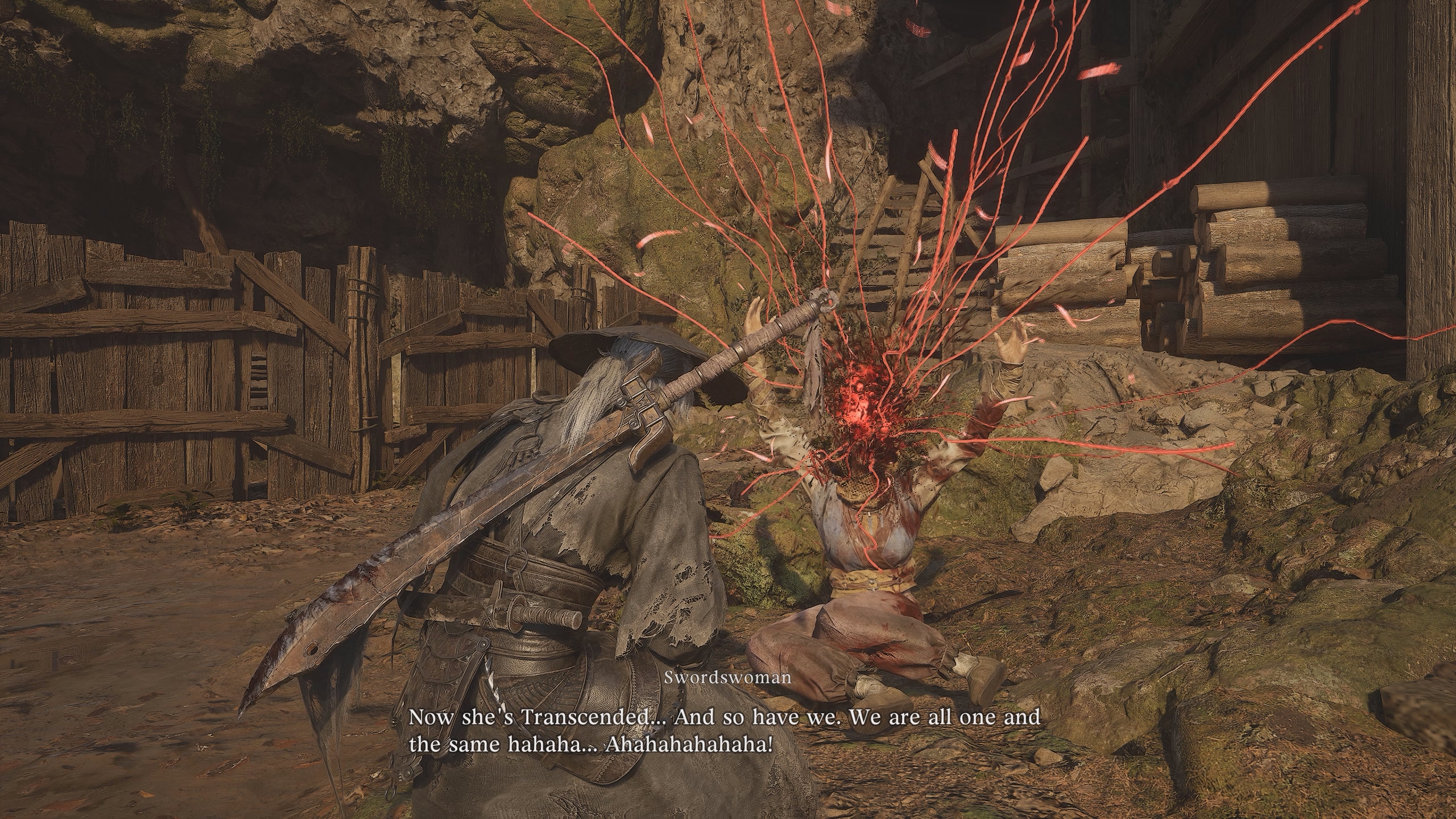
The Souls games didn't invent any of that, but it's the sort of design that's become particularly associated with them over the last 10 years because they do it so well. Phantom Blade Zero at least clears the bar of side paths to explore and shortcuts that loop back to places I've already visited—a good start given how little of the game I've seen.
But invoking FromSoftware's go-to style of design probably isn't the best way to back up my argument that Phantom Blade Zero is not actually a Soulslike. One of the things I'm particularly excited about with this game's balance between action and RPG is that you'll get stronger by accruing weapons, powering them up, and finding items that increase your health and stamina gauges—not by leveling up. There is no XP.
Considering how many AAA games have leaned towards RPG-lite numberifying everything in recent years, I find this a very refreshing choice. And there are quite a few other ways it's avoiding that formula:
- Since there's no XP, there are no "souls" to pick back up or risk losing when you die
- Without RPG-style leveling, don't expect RPG-style buildcrafting or min-maxing, either
- Enemies don't respawn each time you save at a checkpoint (though they apparently will respawn if you leave a zone entirely)
- Regular enemies don't drop their weapons/armor/loot the way they do in RPGs
- The menus, control mapping, etc. don't look like Legally Distinct FromSoftware
- Though I only saw a bit of the game, I don't think Phantom Blade Zero is going to relegate most of its storytelling to item descriptions
- It has difficulty options! Even Hellwalker doesn't feel as hard as, say, Nioh—again, being punishing really isn't the game's goal
Forget the debate over whether there are too many Soulslikes or not—I'm just glad that the vision for Phantom Blade Zero didn't start from copying a template and then adding kung fu to it.
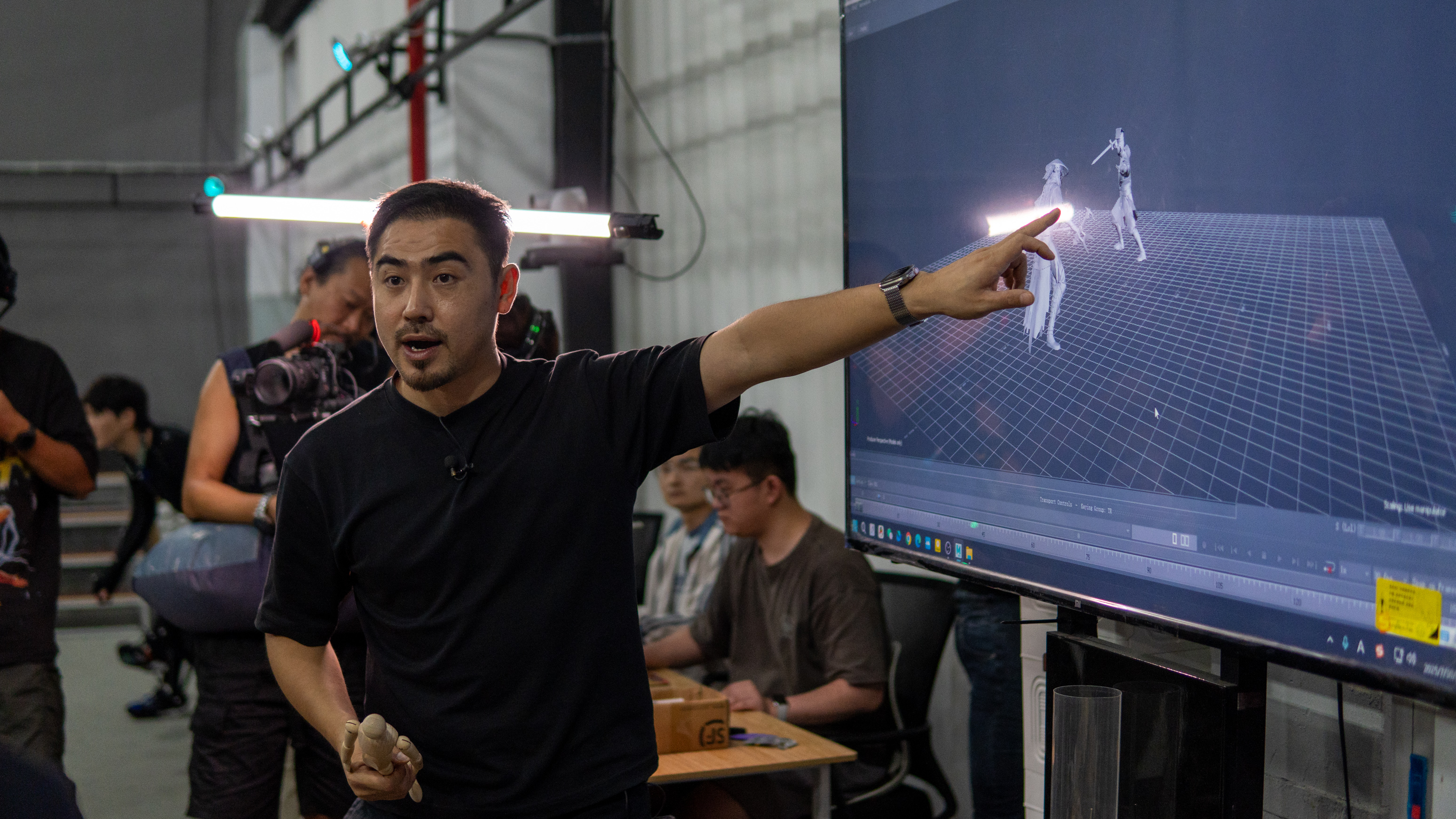
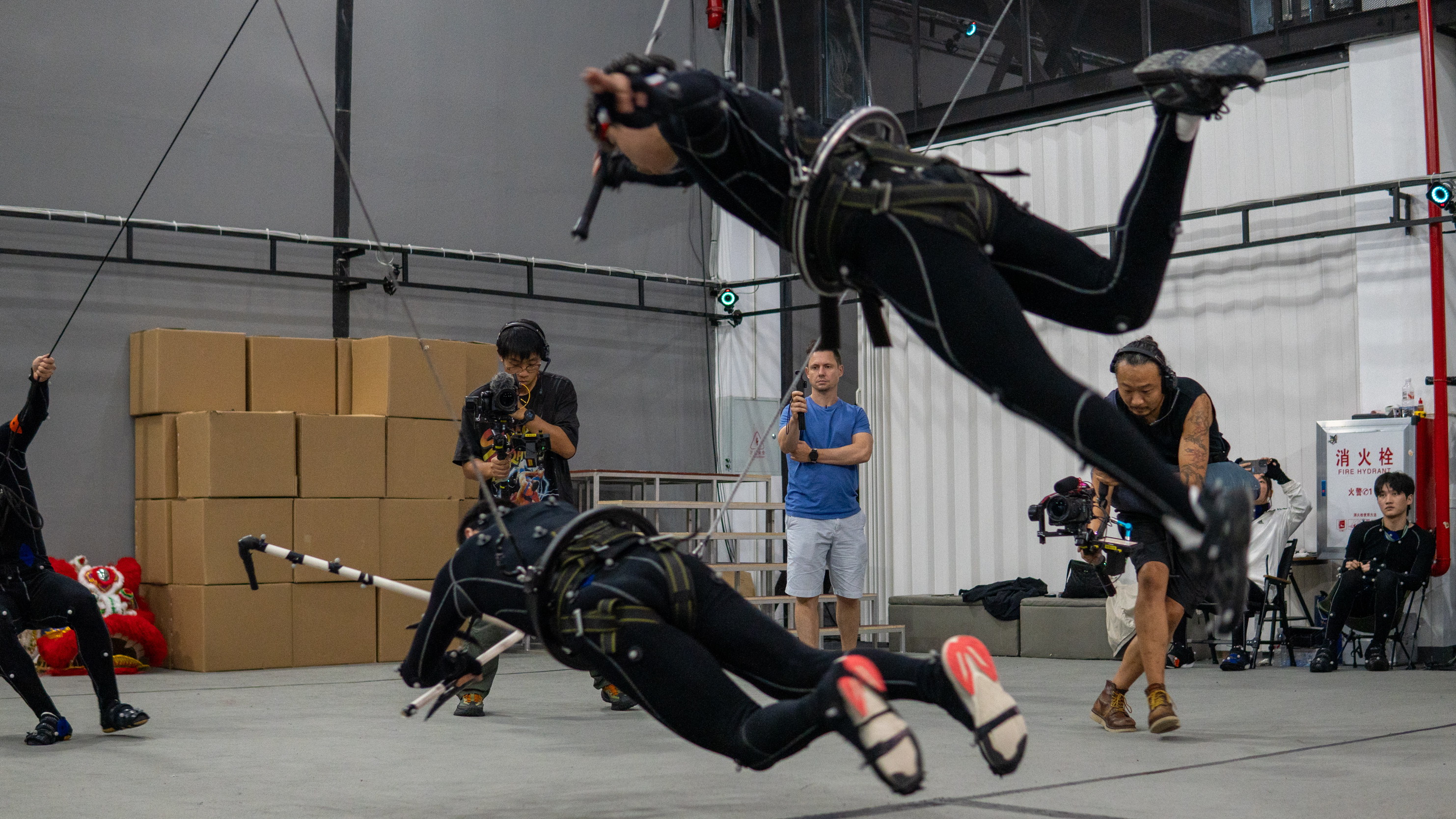
Obviously it's not the first game to ever pull from Chinese martial arts and Chinese history, but I don't think a game has ever come close to letting you fight with that operatic flourish you see in great films like Crouching Tiger, Hidden Dragon. That was clearly S-Game's first priority, and it's why a line that would sound trite coming out of another developer's mouth was believable when Soulframe Liang said it:
"Many people make games for money, but we make money for games," he told me. ""[This game] was always the end goal. But it was very far away 10 years ago, 15 years ago… All we made before were mobile games. The mobile games we made were also cool. But that scale, sidescrolling and with kung fu movements and skills, while also cool, I would say was not enough. I am proud of them, but it's not enough to express my idea of building this Phantom world."
The one big question mark at this point is the storytelling, which I barely got a sense for in this demo. While it sounded natural in Chinese, the English voice acting really didn't; the script clearly stood out as needing a more naturalistic localization pass to work in English. That's always going to be a challenge when you're dealing with names and references pulled from mythology, but I hope it's one area the developers really focus on before calling the game finished.
Phantom Blade Zero doesn't officially have a release date yet, but I think it's very likely we'll be playing it sometime in 2026.

Wes has been covering games and hardware for more than 10 years, first at tech sites like The Wirecutter and Tested before joining the PC Gamer team in 2014. Wes plays a little bit of everything, but he'll always jump at the chance to cover emulation and Japanese games.
When he's not obsessively optimizing and re-optimizing a tangle of conveyor belts in Satisfactory (it's really becoming a problem), he's probably playing a 20-year-old Final Fantasy or some opaque ASCII roguelike. With a focus on writing and editing features, he seeks out personal stories and in-depth histories from the corners of PC gaming and its niche communities. 50% pizza by volume (deep dish, to be specific).
You must confirm your public display name before commenting
Please logout and then login again, you will then be prompted to enter your display name.
